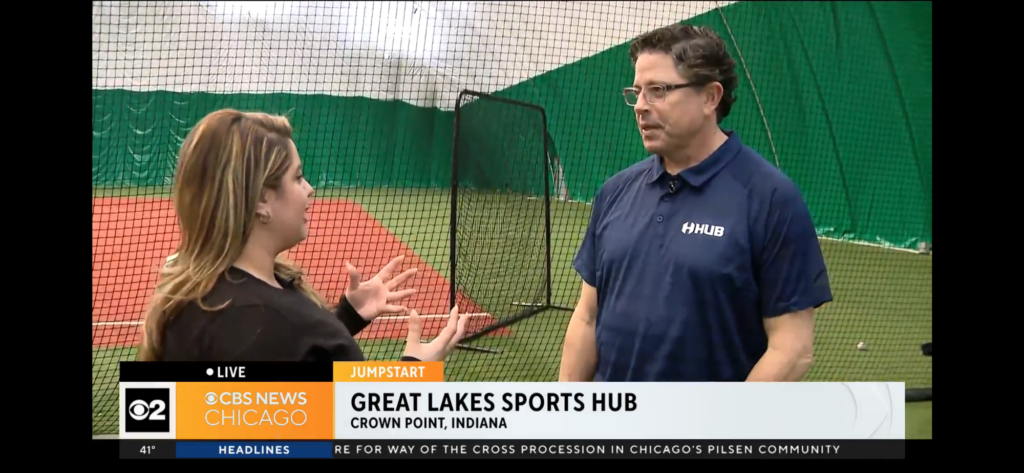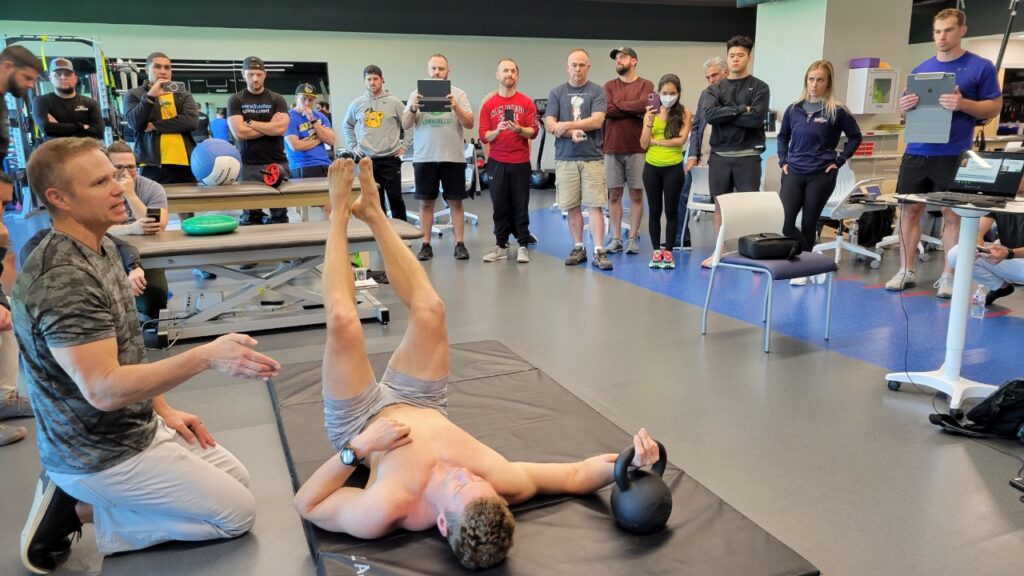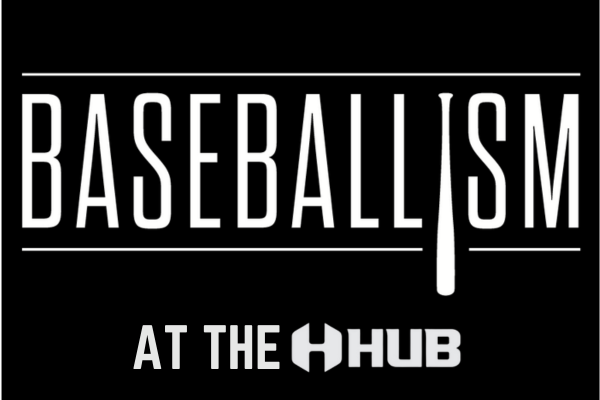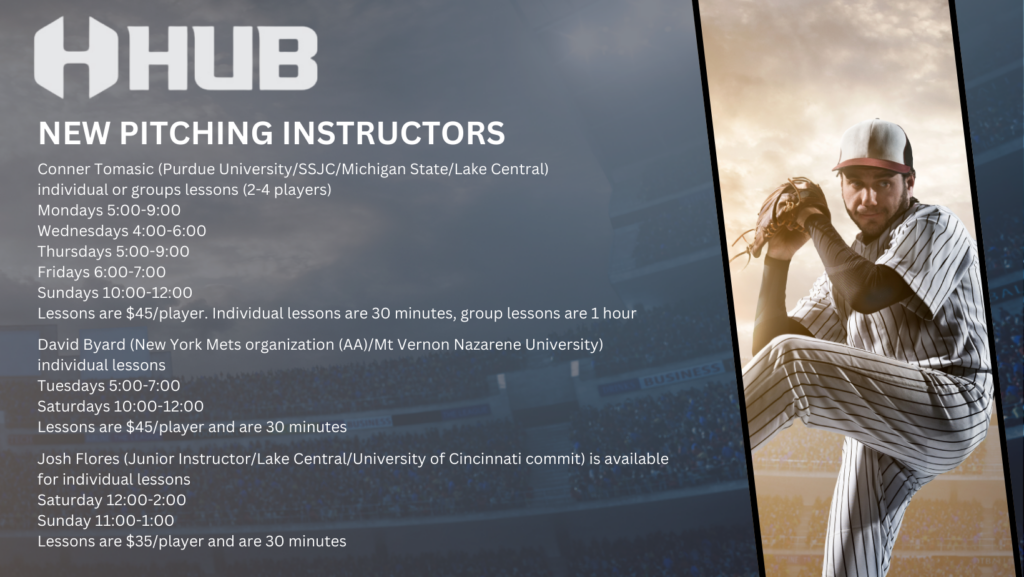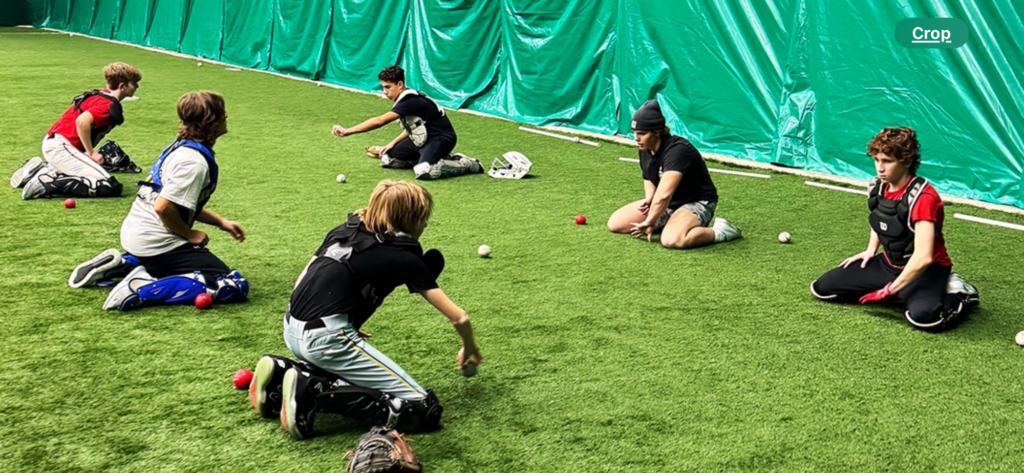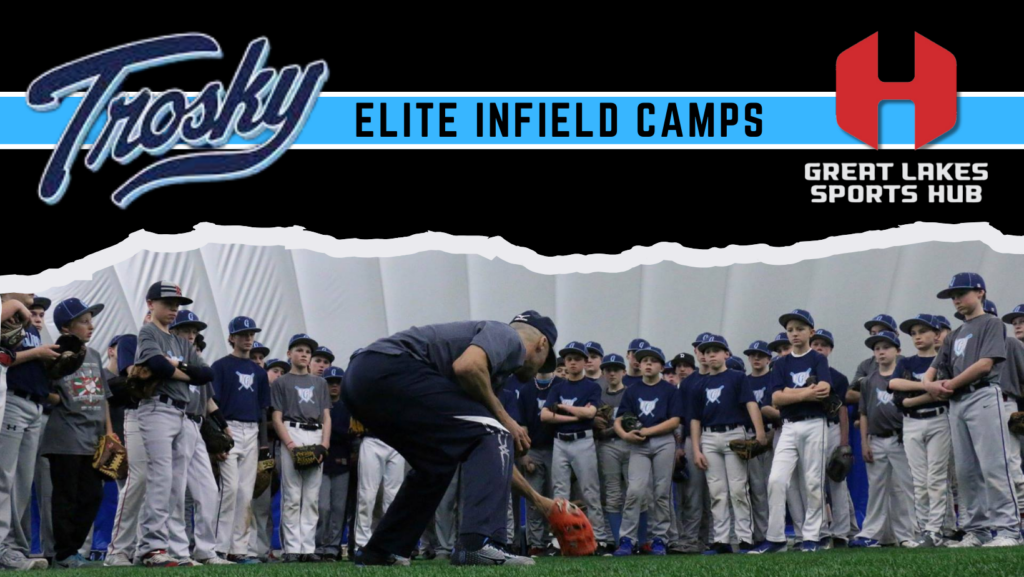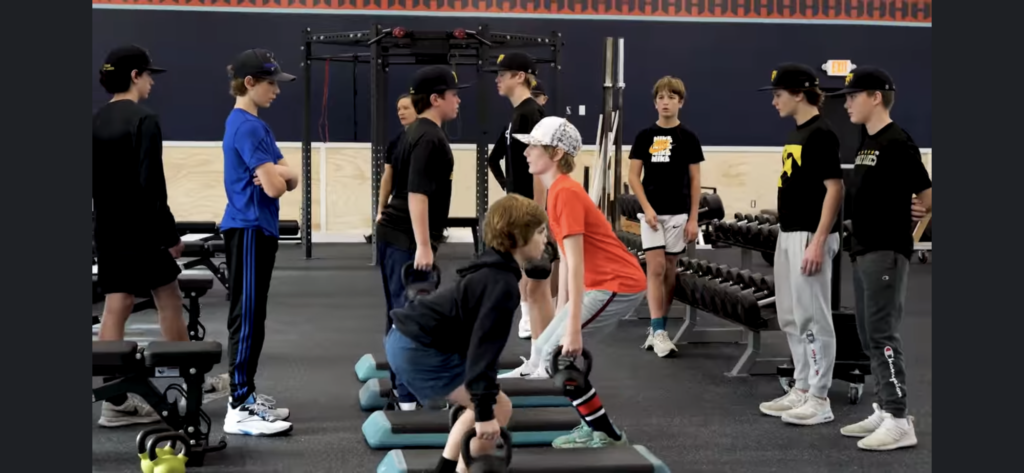
Munster’s Bobby Morris leads thriving travel program, dishes on youth training
As the Region continues to churn out Division I baseball recruits, one local coach has established one of Indiana’s most successful travel teams.
Munster graduate Bobby Morris runs Morris Elite Baseball, which operates out of Schererville. Morris, the brother of former MLB first baseman and Los Angeles Angels director of professional scouting Hal Morris, played at Iowa before being selected by the Cubs in the 1993 MLB Draft. He played six pro seasons as a utility man in the Cubs, Indians, Rangers and Reds organizations.
After working as a scout for the Chicago White Sox, New York Mets and others, Morris turned his sights toward the Region. Between the 2018 through 2021 classes, his program has 11 Division I recruits, six of which committed to Big Ten or SEC teams.
Morris’ American Chiefs team ranks second among Chicagoland 12-and-Under teams, according to Perfect Game, while the 11U team ranks third. On June 9, the 15U Chiefs won the Prep Baseball Report Indiana State Games in Bloomington over highly regarded Indiana Bulls and Midwest Canes squads.
Morris spoke with The Times about his evolution over 10 years in charge and key issues in youth baseball.
Q: How does you experience playing pro ball inform your approach to training, and how has baseball training changed over the years?
A: “I think the blessing of my experience, having played so long, the higher you climb up the talent pyramid, obviously it keeps getting steeper as you get past Little League, high school, college, Division I baseball, professionally, etc.
“You’re subject to the law of diminishing returns. You’re trying every little thing to see what will be the next edge that helps propel you to the next level, and so you kind of start understanding how to work smarter. What really is impacting your progress, and what isn’t?
“You get a (lot) of information from all of the other professional players that you play with who are trying different things to get them to a certain caliber. Nowadays, there’s a lot more technology at your disposal. People are gathering all these numbers, but in my opinion, it’s really important to have somebody with a lot of experience to interpret them.
“Because you can kind of get lost in the data, and if people are not interpreting properly, or not interpreting it in a way that carries over into wins on the baseball field, I think it can not help you, and in the worst-case scenario, actually be counter-productive to your development.”
Q: Why do you like doing this?
A: “For one, I love working with kids who are wired like me. There’s a couple of kids I can think of offhand locally who just are pointed in the direction of becoming a Division I, Major League player, and they’re gonna do everything they can to get to those lofty levels.
“One thing that people don’t really talk about – and it’s one of the saddest things for me when it comes to youth sports – is when somebody introduces a bad mechanic or a bad idea into a player that wants to work hard, and that player grooves that bad idea or that bad pattern into their training, it could take years if it ever is fixed. …
“I don’t claim to know everything about baseball, so I surround myself with very intelligent people with a whole array skill sets and provide those to our kids in hopes that whatever area that they would flourish in, we can provide the nutrients that help them grow to be the player they want.”
Q: There’s a lot of talk about the issues with youth baseball and overuse. Where do you stand on that, and what do you think the solution is?
A: “It’s very nuanced, to be perfectly honest with you. I think you see at the Major League level, guys are throwing harder and harder than ever before. As a result, you have to believe that the new training philosophies work. As a former professional player, one thing that I accept is — I spent a lot of time on the disabled list, so I accept that injuries are gonna be part of the game.
“With that being said, we want to do everything we can to limit injuries, especially preventable injuries at the youth level. I think bad mechanics play a big part in it. I think the proliferation of YouTube is wonderful in that it spreads a lot of ideas, but I think in the wrong hands that those can lead to inefficiencies that cause injury.
“I like the idea of pitch counts. I think they’re smart, but even with pitch counts, there is some art to reading a pitch count. If I have a kid that throws 40 to 50 pitches in an inning, which I see from time to time in travel baseball — not with our teams but with other teams – people say, ‘Oh, he only threw 50 pitches.’ But if you go over 30 pitches in an inning, that puts a lot of stress on the arm. …
“Pitch counts really go out the window once I see someone struggling. I don’t know if he was swimming at his buddy’s house the night before. I don’t know if he wasn’t sleeping well or he was playing video games. I like to use my eye to see if there has been a significant change.”
Q: As a former scout, what’s something that you would look for when evaluating young players that they might not focus on?
A: “One of the things that (Hal and I) talk about quite a bit is now with the buzzword of launch angle, I see kids more and more swinging and missing, kids more and more being OK with striking out. But the consensus for us in the scouting field is that if a kid swings through a lot of fastballs, he’s probably not gonna be a very good hitter at higher levels, especially (with) your average high school fastball. I really try to ingrain that with my hitters and kids on our team.
“Just because you hear that the strikeouts are going up in the Major Leagues does not mean it’s a good thing for you to go up there against an 80 mile per hour fastball if you’re a senior in high school and swing through two or three fastballs right down the middle with an effort to elevate the ball. Scouts really do look against that, particularly if you’re looking to play at a high-end, Power 5 conference, Division I baseball or professionally. And that’s something that people don’t talk about very much.”

